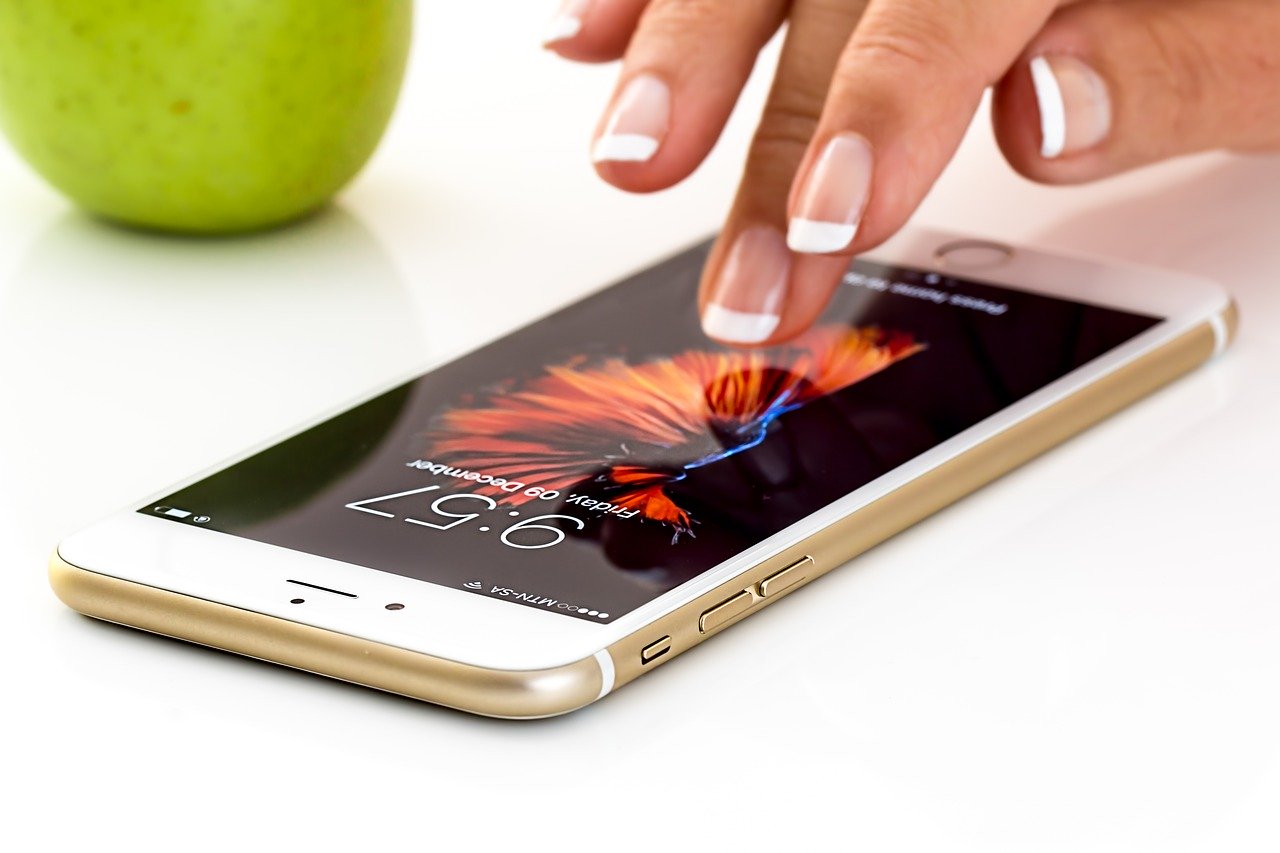Mobile Phone hygiene must be a key element in employers’ back-to-work plans
British businesses need to urgently incorporate increased smartphone hygiene as they prepare and plan for their employees to return to work, according to one of the UK’s top microbiologists and leading Covid-19 commentator.
Dr. Simon Clarke, an Associate Professor in Cellular Microbiology at the University of Reading, warns that smartphone usage, storage and cleanliness needs to be a key consideration in every employer’s back-to-work thinking.
He is calling for a step-change in how mobile phones are used and treated, particularly at work and on public transport where they risk becoming contaminated with, or spreading, the virus causing Covid-19.
Dr. Clarke is working alongside the Bullitt Group, the UK’s largest manufacturer of smartphones and maker of rugged Cat® phones (washable phones widely used by frontline workers), to raise awareness of the importance of improved smartphone hygiene to help reduce further spread of Coronavirus.
His key advice on new habits to promote with employees, includes:
- Avoid using phones on public transport while commuting – this is an ingrained habit, but a possible major source of contamination and spread
- Minimise personal phone use in the workplace – is what you’re about to use your phone for really necessary?
- Clean your phone and wash your hands before leaving for work and as soon as arriving – think of your phone as an extension of you – if your hands are dirty, so is your phone
- Shared workplace phones are particularly risky and need a complete re-think – consider more robust and less breakable phones that can be thoroughly washed in soap and water, cleaned with generous amounts of gels/alcohol wipes and even bleach
“Smartphones are a reservoir for germs and have the potential to spread pathogens, such as the virus that causes Covid-19,” said Dr. Clarke. “We use them constantly, touch them with our hands and put them near our faces. When you cough or sneeze, droplets transfer to your phone – directly, or from your hands if they’ve been used as a shield. The hand-washing message has really landed, but the minute you take your phone out of your pocket or bag, your hands are no longer clean. Improving and introducing new hygiene standards for all employees as we begin to return to the workplace is key,” he added.
Dr. Clarke believes phones that can be cleaned more thoroughly could play a crucial role in reducing the spread of Covid-19. Cat® phones, unlike other phones, can be hygienically scrubbed all over with hot soapy water or with disinfectant.
Dr. Clarke’s concerns around the need for better phone hygiene are backed by a new review of academic research looking at viruses and bacteria found on mobile phones, led by Bond University researchers in Australia. The research highlights the possible role of mobile phones as ‘Trojan horses’ in contributing to the spread of infections, including during epidemics and pandemics.
The researchers believe that Covid-19 exists on mobile phones of those infected by the virus and that these devices are most likely contributing to the spread within different professional settings, as well as generally in the community. The authors are calling for public health authorities to recommend that governments actively encourage better mobile phone hygiene through awareness campaigns, to complement the hand-washing message. They also cite research claiming that up to 72% of people never clean their mobile phones.
Cleaning and disinfecting phones is widely cited as effective in helping to reduce the risk of cross contamination and transmission, including that of epidemic viruses[i]. SARS-coronavirus, a close relative to the virus causing Covid-19, is reported to be able to live for up to 96 hours on glass[ii], making smartphones high risk.
Steve Gschmeissner, a world-leading scanning electron microscopist, recently set up a project to see which domestic surfaces in our daily lives were most laden with bacteria and mobile phones came out on top. While the work was not carried out under strict scientific conditions, the resulting images are nevertheless remarkable.
“Phones are the perfect breeding ground for germs – people talk directly into them, breathe on them, use them while eating and some even take them into the toilet,” said Gschmeissner. “Of all the items I photographed within the home to identify bacteria, phones were by far the most contaminated.”
Mr Gschmeissner’s extraordinary images show a wide variety of different bacteria in vivid and startling detail.
This mounting evidence around viruses and bacteria on phones has led Bullitt Group, maker of Cat® Phones, to partner with Dr. Simon Clarke to raise awareness of the role phone hygiene needs to play in employers’ back-to-work plans and provide guidance and advice to communicate to employees.
Cat® rugged smartphones, which are often used by front line workers, can be cleaned much more vigorously than regular smartphones and so are easier to keep free of viruses and germs. They can be washed and scrubbed in the same way, and at the same time as workers wash their hands without damaging the phone.
Cat® Phone’s washing guides show how the smartphones can be placed in hot water, scrubbed with soap and then rinsed under the tap, helping to get to harder-to-reach areas like the charging and headphone ports. They can also be cleaned using generous amounts of hand sanitiser, anti-bacterial spray and alcohol wipes. The phones can also be placed into a bleach/disinfectant solution for an even deeper clean, which is recommended for shared workplace phones being passed around shift workers.

